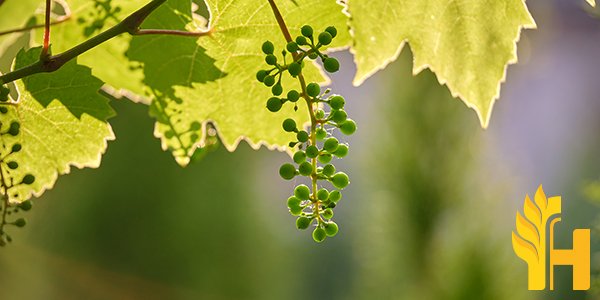Vine Shoot price

Where to buy and sell Vine Shoot, lowest (cheapest) and highest price.
check offers buy sell Vine ShootToday price for Vine ShootVine Shoot
The vine shoot is a thin, flexible, and cylindrical growth that emerges from the main stem of a grapevine. It is typically green in color, with small leaves (known as bracts) that are arranged in a spiral pattern along the length of the shoot. The new shoots of a grapevine are its most valuable asset, as they are the source of all future fruit production. Grapevines are pruned annually to control their growth and shape, and to encourage fruit production. Once a grapevine has been pruned, the remaining buds on the vine will begin to grow and produce new shoots. A single shoot can grow up to 1 meter in length over the course of a growing season. Vine shoots are an important food source for many animals, including birds, deer, and rodents. The leaves and tender stems of young shoots are often eaten by grazing animals. In some cases, these animals can cause significant damage to grapevines by stripping away too much of the plant's foliage. As the grapevine's primary source of fruit production, vine shoots are also an important part of the human diet. Grapes are eaten fresh, made into juice or wine, or dried and used as raisins. The leaves of the grapevine can also be used to make tea. As the summer season approaches, viticulturists across the country begin preparing their vineyards for the production of new shoots. In order to ensure a successful crop, it is important to carefully select the mother vines from which these new shoots will be taken. The ideal mother vine should be healthy and vigorous, with a good balance of leaves and fruit. It is also important to choose a vine that is not too old, as the quality of the shoot decreases with age. Once the mother vines have been selected, the viticulturist will make a cut on the main stem of the vine, just below a leaf node. This cut should be made at a 45-degree angle, and the stem should be about 20 centimeters long. A new shoot will then begin to grow from this cut, and it is this shoot that will be used for vine shoot production. During the summer months, the new shoot will grow rapidly, and it is important to monitor its development closely. Once the shoot has reached a length of around 80 centimeters, it can be harvested. The shoot should be cut at a 45-degree angle, just above a leaf node. It is then ready to be transplanted into the vineyard. Vine shoot production is an important part of viticulture, and it is essential to choose the right mother vines and to carefully monitor the development of the new shoots. By doing so, viticulturists can ensure a successful crop of vines. Vine shoot production is an important part of the global wine industry, with many countries producing large quantities of shoots each year. China is the largest producer of vine shoots, followed by Italy and France. Other major producers include Spain, Turkey, and the United States. Vine shoot production typically begins in the late winter or early spring, when the vines are pruned. The pruned vines are then cut into lengths of 2-3 feet (0.6-0.9 m), which are called shoots. These shoots are then transplanted to the vineyard where they will grow during the summer months. During the growing season, the vine shoots must be kept well-watered and fertilized in order to promote growth. Once the shoots have reached their full length, they are typically harvested in the fall. After harvest, the vine shoots are transported to a processing facility where they are sorted and graded. The best quality vine shoots are then trimmed and packaged for shipment to wine producers around the world.Global vine shoot production
Vine shoot production is an important part of the global wine industry. In 2016, there was an estimated 26 million tonnes of vine shoot production worldwide, worth around US$14 billion. The majority of vine shoot production takes place in Europe, with around 10 million tonnes produced each year. This is followed by North America (2.5 million tonnes) and South America (2.1 million tonnes). Vine shoot production is a relatively labor-intensive process, with most of the work done by hand. The average vineyard worker can produce around 1.5 tonnes of vine shoots per year. The demand for vine shoots has been increasing in recent years, driven by the growing global wine industry. This has led to higher prices for vine shoots, which has in turn made them an attractive target for theft. In 2016, there were reports of vine shoot theft in France, Italy, Spain, and Portugal. In some cases, the thieves were caught and punished, but in others, the perpetrators remain at large. Theft is not the only challenge facing the vine shoot industry. Climate change is also having an impact, with warmer temperatures and drought conditions leading to lower yields in some areas. This has led to concerns about the future of vine shoot production, and the wine industry as a whole. Despite these challenges, the global demand for vine shoots is expected to continue to grow in the coming years. This growth is being driven by the expanding global wine industry, which is projected to continue to grow in popularity around the world.Download our new
Husfarm App
Stay up to date with the current prieces of agricultural products all over the world.
Do you want to sell agricultural products?
Are you an Agricultural processor looking for high-quality products to buy?
Post an ad for FREE!
